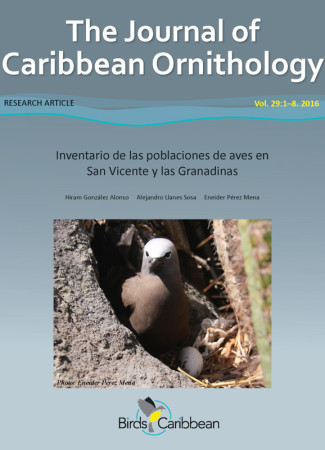
As we round the bend into the second half of the calendar year, the Journal of Caribbean Ornithology (JCO) is excited to have already published four fantastic peer-reviewed articles since the beginning of 2016. We encourage you to follow the embedded links to the Journal of Caribbean Ornithology’s website where you can download and read the complete articles for free. Don’t hesitate to pass them around, discuss them with colleagues, and reach out to the authors themselves if you are interested in learning more about their research. The Caribbean is home to a unique, tight-knit community of researchers, conservationists, and students throughout the sciences; the JCO is excited to be at the forefront of all the incredible new ornithological knowledge coming from the islands and is equally excited to offer free access to all of the journal’s publications.
First up is an article by Hiram González Alonso, Alejandro Llanes Sosa, and Eneider Pérez Mena, entitled: Inventario de las poblaciones de aves en San Vicente y las Granadinas [Inventory of Avian Populations in Saint Vincent and the Grenadines]. The authors conducted avian surveys at 25 localities around Saint Vincent and the Grenadines with the objective of updating our current knowledge of the species diversity and distributions found on these islands. The authors identified 89 species in total, and use their results to highlight several geographic areas of conservation importance, some of which are not currently recognized as IBA’s (Important Bird Areas) yet were found to serve as essential breeding and foraging grounds for multiple species of birds.
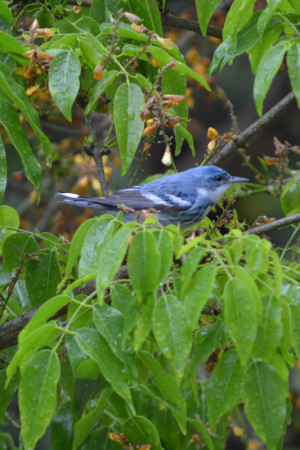
Next we head ~350 km to the southwest for our second article, Registros de nuevas especies de aves accidentales y exóticas en la isla de Margarita, Venezuela [Records of new accidental and exotic bird species on Margarita Island, Venezuela], by Virginia Sanz, Elysa Silva and Gianco Angelozzi. Margarita Island is located 22 km off the northeast coast of Venezuela and as of 2009 there were 193 bird species that had been recorded there. This article updates that list with an additional five species that were recorded for the first time on the island during the authors’ 2010–2014 study period. Those species include Plain-breasted Ground Dove (Columbina minuta), Cerulean Warbler (Setophaga cerulea), Wattled Jacana (Jacana jacana), Scarlet-fronted Parakeet (Psittacara wagleri), and Chestnut-fronted Macaw (Ara severus). The dove and warbler are accidental visitors, while the jacana is a widely distributed species known to inhabit various aquatic habitats in South America and may possibly be expanding its range onto Margarita Island. The two parrot species are most likely escapees from the local parrot trade. Documenting changes to diversity on islands is important as we strive to better understand how the addition of both natural and introduced species impact island ecosystems.
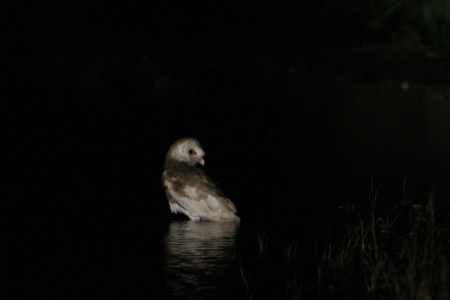
The third article, Observation of a Barn Owl (Tyto alba) bathing in a rainwater pool in Jamaica by Gary R. Graves, stems from the south-central coast of Jamaica. Graves was able to document what may be the first record from the Western Hemisphere of bathing behavior being exhibited by a Barn Owl in the wild. The plumage of the individual indicates that it was T. a. furcata, the resident race known to the Greater Antilles, as opposed to the North American race, T. a. pratincola, which has been documented as a migrant to the region. Natural history observations such as this one by Graves are important in helping ornithologists identify all of the resources (in this case limited freshwater pools) a species needs in order to survive, which in turn helps to build a more holistic foundation of knowledge that conservation management policies can draw from.
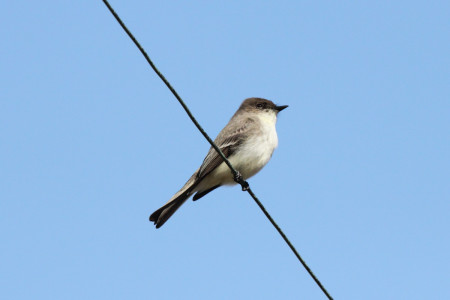
Lastly, we have Kenneth G. D. Burrell and Lillian A. Knopf’s article, The status of the Eastern Phoebe (Sayornis phoebe) in Cuba. The authors describe what appears to be the eighth formal record of an Easter Phoebe individual on the island of Cuba, documented in February of 2015. Burrell and Knopf summarize the other seven documented sightings of Eastern Phoebe in Cuba and attribute these occurrences to specific weather patterns happening at the time of fall migration or in winter. Specifically, the species may be susceptible to being blown off course by cold fronts and extreme winter weather.
The Journal of Caribbean Ornithology is a peer-reviewed scientific journal produced by BirdsCaribbean, the largest regional organization dedicated to the conservation of wild birds and their habitats in the insular Caribbean. The JCO has been in publication since 1988 (before 2003 as El Pitirre), offering authors the opportunity to publish avian-focused research from the Caribbean in any of the three most commonly used languages: English, Spanish, and French. In an effort to maximize ornithological knowledge throughout the Caribbean, the JCO offers free and open access to all of its publications.
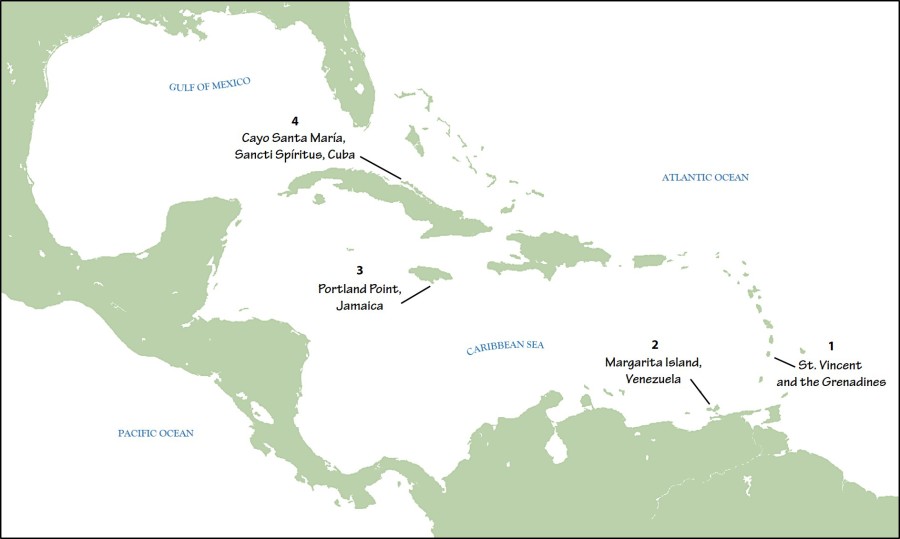
By Justin Proctor, Caribbean Ornithologist; Freelance Writer; Loving Husband. Justin is part of our JCO Editorial and Production team and a frequent contributor to our blog.
